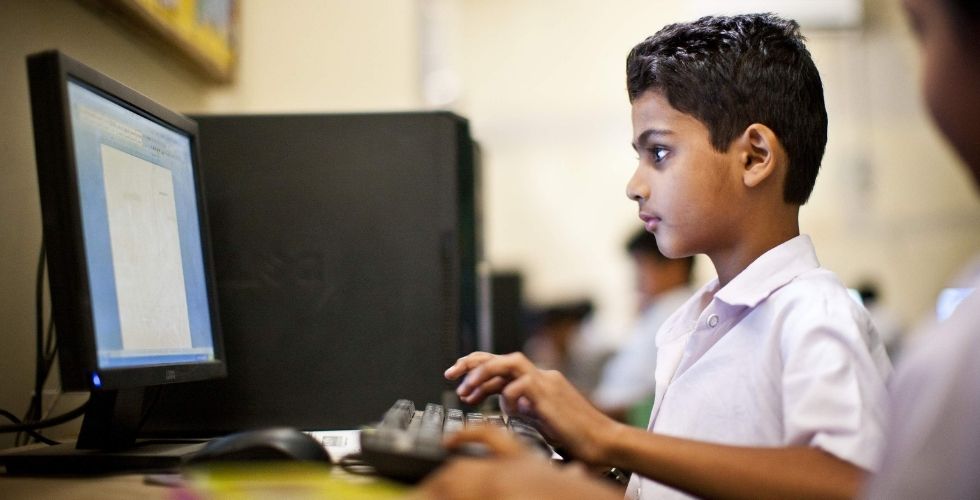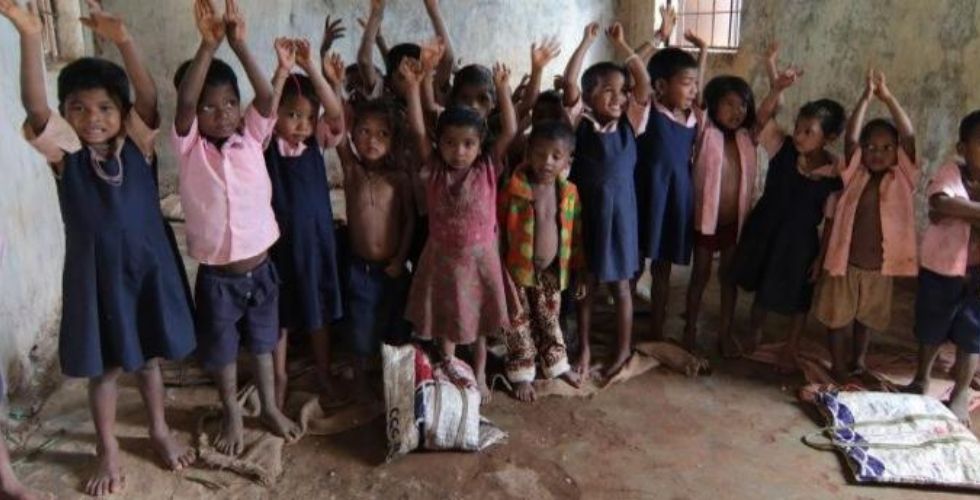
Good Learning
16
OctoberStudy shows that English as link language is gaining strength
Recent research shows that though Hindi is the dominant language of India, English as a link language is "gaining strength". Their study concludes that the probability of two Indians being able to converse in a common language has increased from 0.18 in 1971 to 0.23 in 2011. The proportion of children studying in.
MUMBAI: Even as the National Education Policy advocates a three-language formula, recent research from the Indira Gandhi Institute of Development Research shows that though Hindi is the dominant language of India, English as a link language is "gaining strength".
Changes in the distribution of Indians speaking in their mother tongue suggests that the probability of two random individuals from a particular state having the same mother tongue would decline and English will emerge as lingua franca, according to researchers at the institute.
Their study concludes that the probability of two Indians being able to converse in a common language has increased from 0.18 in 1971 to 0.23 in 2011 owing to a surge in bilingualism brought on by changes in schooling and inter-state migration. The proportion of children studying in English almost doubled from 12% to 23% between 2007-08 and 2017-18. Many states changed the medium of education in government-run schools.
This, in turn, increased the probability of randomly drawn person from a state being able to converse with a random person from the rest of India. there has been a clear shift in preference of parents since they are enrolling children in English medium schools. This would suggest that English will emerge as a link language in the coming generations said Leena Bhattacharya and S Chandrasekhar, in their recently released paper titled. "India's Search for Link Language and Progress towards Bilingualism".
Between 1971 and 2011, the proportion of Indians who could speak a scheduled language in addition to their mother tongue increased from 12.2% to 24.8%, says the study.
And a comparison of data from 2001 and 2011 indicates that the proportion of bilinguals are the highest in the age group 15-29 years. However, the probability of a conversation in a common language other than the mother tongue is currently better in the northern states where Hindi is the dominant language, whereas, in Maharashtra and Gujarat, the probability has declined between 1971 and 2011 by 11 and 19 percentage points respectively. Among the southern states too, there is a decline. "One plausible reason would be the inflow of out-of-state migrants," it says.
In Maharashtra, the share of population reporting their mother tongue as Marathi declined from 76% to 69% over 19712011 and that was also reflected in the lowered probability of two randomly drawn individuals having a conversation in their mother tongue in Maharashtra. In contrast, in West Bengal, the share of population reporting Bengali as their mother tongue has hovered around 85%.
This has occurred despite the imposition of the official language of the state as a compulsory subject in schools and as a medium of instruction, The characterization of the trend towards English as 'unfortunate by NEP is incorrect since there are higher returns to the knowledge of English, the study added.





Aradhya Pagare-
-
-
-
-
4 years agogood
Rehan Ansari-
-
-
-
-
4 years agorehan ansari